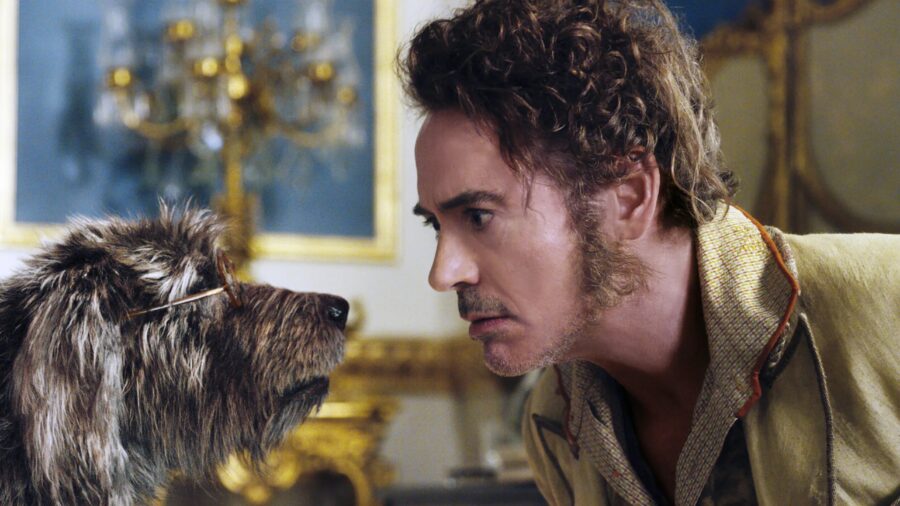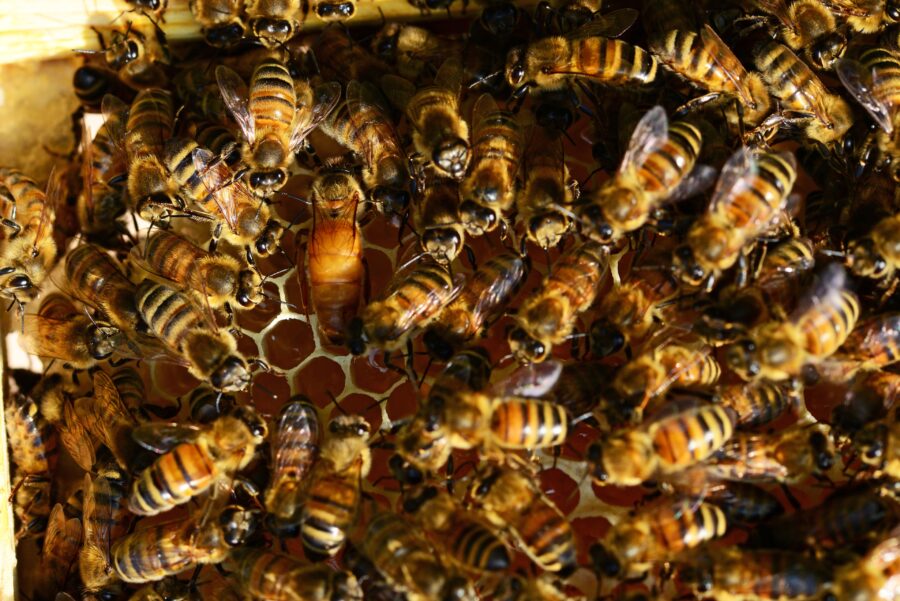New Technology Will Allow Humans To Talk With Their Pets Like Doctor Dolittle, But There’s A Problem

If you, like any pet owner, have been long trying to communicate with your best friend through baby voices, this one’s for you. According to a study published in Current Biology (as per ScienceAlert), a pair of neurobiologists have hypothesized about the answer surrounding a future in which humans will be able to talk with pets. While still at the beginning of the process, the study, which has been dubbed the “Doctor Dolittle challenge,” could actually create a flow of conversation between man and beast.
Scientists are working on a way to use AI to help humans communicate with animals.
Using an AI-based program (which should come as a surprise to no one), scientists Yossi Yovel and Oded Rechavi from Tel Aviv University in Israel are hoping to pave the way for owners to talk with pets. Posed with a set of three primary challenges, the researchers hope to break down the walls on what’s been thought to be possible when it comes to how we communicate with our furry, feathered, etc. friends.
For starters, the duo believes that for us to talk with pets, we’ll need to rely on the animal’s communicative signs meaning that instructive hand signals won’t be able to come into play anymore. The next major step is for the animals to use this communication in various settings and not just in specific situations like courtship or when their lives are in danger. Finally, for the ultimate test, it needs to be revealed that the conversation is flowing as it would between two animals and not with a piece of artificial intelligence.
Testing The Theory With Honey Bees

Giving an example of this AI-created chatter is a study that found that honey bees do a specific bodily move to tell others in their colony about where they can find food. After studying this movement, researchers were able to duplicate the shake with a robotic bee that informed real bees where to travel for their next meal. In the line of talking with pets, though, this test didn’t hit the mark on all three checkpoints for the Doctor Dolittle challenge.
This is a huge step forward in the study of animals, even if it doesn’t necessarily mean we’re closer to a day when we can talk with our pets.
While the test accomplished fooling bees with an artificially intelligent robotic creation, it was unable to go beyond this one specific communication – the hunt for food. As far as lending a helpful hand to the research in finding a way for people to talk with pets, this study helps a tiny bit but doesn’t fully dig into how the animal is feeling or thinking beyond the basic necessities.
Regardless, this is still a huge step forward in the study of animals, even if it doesn’t necessarily mean we’re closer to a day when we can talk with our pets. The last year alone has seen an uptick in what has become possible in the world of technology when it comes to how scientists are grasping new forms of artificial intelligence. From ChatGPT to the formation of increasingly human-like robots and even the cloning of humans, we’re at the forefront of some major breakthroughs.
With sights being set on how we may be able to talk with pets in the future, there’s a good chance that researchers will discover how you can hold down a nice dinner conversation with your dog or cat.










